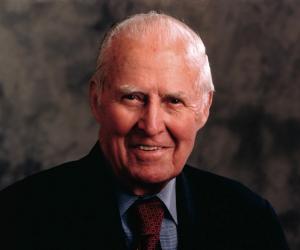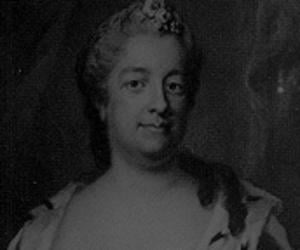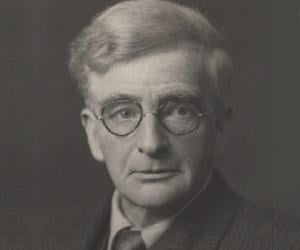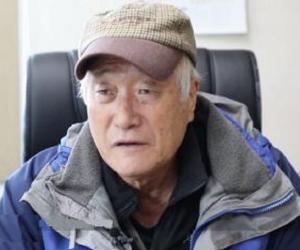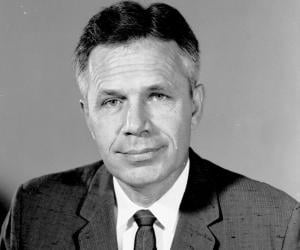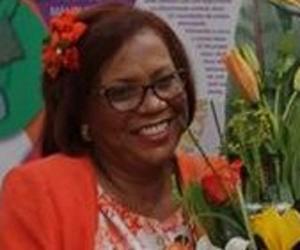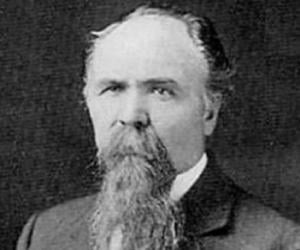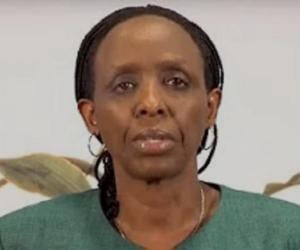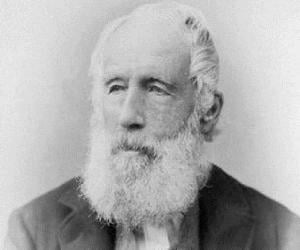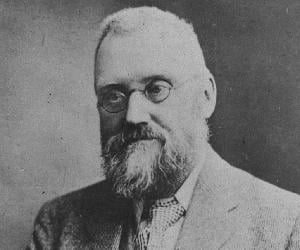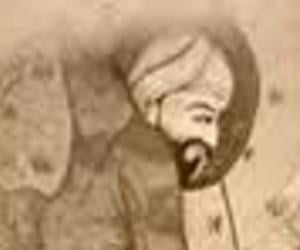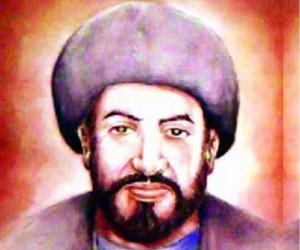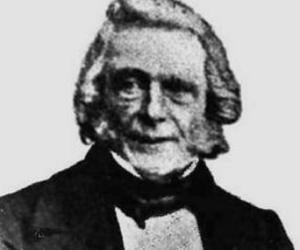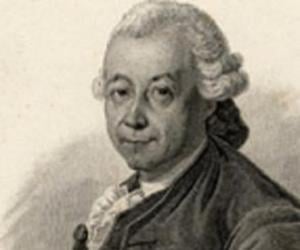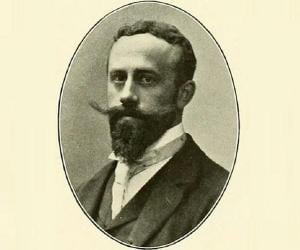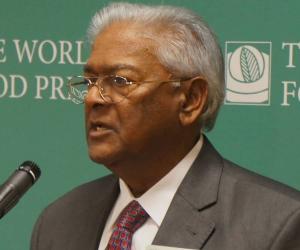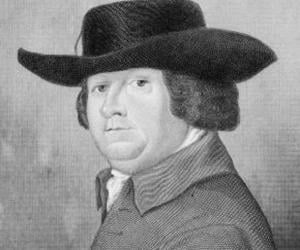Quick Facts
Also Known As: Norman Ernest Borlaug
Died At Age: 95
Family:
Spouse/Ex-: Margaret Gibson
father: Henry Oliver
mother: Clara Borlaug
siblings: Charlotte and Helen, Palma Lillian
Nobel Peace Prize Agricultural Scientists
Died on: September 12, 2009
place of death: Dallas, Texas, United States
Cause of Death: Lymphoma
Ancestry: Norwegian American
U.S. State: Iowa
More Facts
education: University Of Minnesota
awards: Nobel Peace Prize (1970)
Presidential Medal of Freedom (1977)
Vannevar Bush Award (2000)
Public Welfare Medal (2002)
National Medal of Science (2004)
Congressional Gold Medal (2006)
Padma Vibhushan (2006)
Childhood & Early Life
He was the eldest child of Henry Oliver and Clara Borlaug; he had three younger sisters.
As a kid he went to a one-teacher, one-room rural school in Howard County. He worked at his family’s 106 acre farm as a youngster raising cattle, hunting, and growing food crops like corn and oats.
He enrolled at the University of Minnesota in 1933 and was accepted into the General College. He eventually transferred to the College of Agriculture’s forestry program. He received his Bachelor of Science in forestry in 1937.
He studied plant pathology under Elvin Stakman and received a Master of Science degree in 1940 and Ph. D in plant pathology and genetics in 1942
Career
He was appointed as a microbiologist at DuPont in Wilmington from 1942 to 1944. He was asked to develop glue that could withstand warm salt water which he developed within weeks with the help of his colleagues.
His job at DuPont was very lucrative and high paying yet when he learnt that the Mexican government was keen on establishing Cooperative Wheat Research and Production Program, he went to Mexico in 1944 to head this new program as a geneticist and plant pathologist.
Initially he faced many difficulties in Mexico due to the lack of availability of scientific equipment and trained staff. Moreover, the farmers in Mexico were wary of the new program. He spent the first ten years developing disease resistant strains of wheat.
He discovered that pure line plant varieties are less disease resistant and thus developed multiline varieties by crossing several pure lines each with different genes for disease resistance. In 1953, he further developed this technique.
He introduced a very useful feature, known as dwarfing, in his hybrids,which produces thicker and shorter stems in wheat grass which prevents it from collapsing under the weight of its grains.
By the early 1960s he had developed new varieties of wheat which were semi-dwarf and disease resistant called Pitic 62 and Penjamo 62. By 1963 95% of Mexican farmers used these strains of wheat in their fields and had a yield that was six times larger than in 1944—the year he had arrived in Mexico.
In 1964, he was made the director of the International Wheat Improvement Program at Texcoco as a part of the established Consultative Group on International Agricultural Research’s International Maize and Wheat Improvement Center. He retired from this position in 1979.
During the mid 1960s, the Indian subcontinent was going through a famine and drought. Borlaug’s team sent hundreds of tons of seeds to India and Pakistan. Both India and Pakistan harvested yields that were much larger than any previous ones.
The success of the initial yields prompted India and Pakistan to buy large amounts of the seeds over the next few years and by 1968 Pakistan became self-sufficient in wheat production and India followed suit in 1974. The use of these wheat varieties has also helped several Latin American and African countries.
He began teaching at the Texas A&M University in 1984 where he also conducted research. He was given the title of Distinguished Professor of International Agriculture at the university. He was with the university till his death.
Major Works
One of the key personalities who lead the Green Revolution, Norman Borlaug is known as the “Father of the Green Revolution”. By combining the use of disease resistant, high yielding seeds with modern agricultural techniques, many countries have been able to increase their food grain production manifold.
Awards & Achievements
He was awarded the Nobel Peace Prize in 1970 “for his contributions to the ‘green revolution’ that was having such an impact on food production particularly in Asia and in Latin America.”
The U.S. Presidential Medal of Freedom, the highest civilian award in the U.S., was bestowed upon him in 1977.
Personal Life & Legacy
He met Margaret Gibson while in college and married her in 1937. The couple had three children of whom one died in infancy. They remained happily married for 69 long years till Margaret died in 2007.
He lived a long life and was diagnosed with lymphoma during his later years. He died at the age of 95 in 2009.
Facts About Norman Borlaug
Norman Borlaug, known as the “Father of the Green Revolution,” was an avid fly fisherman and enjoyed spending time outdoors.
Borlaug was skilled in playing the piano and often used music as a way to relax and unwind from his demanding work in agricultural research.
Despite his groundbreaking work in improving agricultural productivity, Borlaug remained humble and always credited the hard work of farmers as essential to feeding the world.
In addition to his scientific achievements, Borlaug was a strong advocate for environmental conservation and sustainable farming practices.


